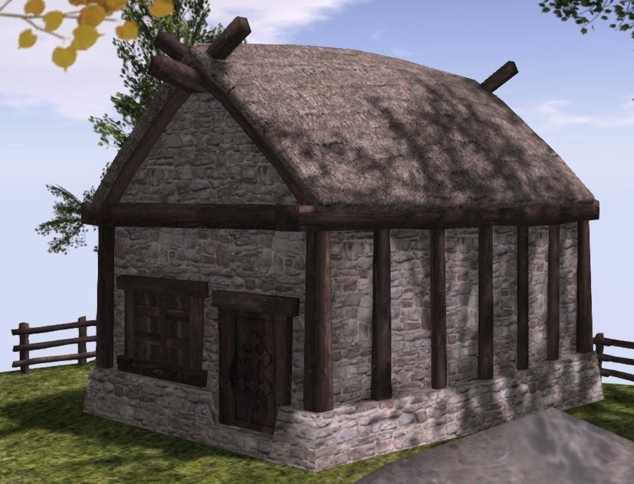Storehouse
Storehouses are compact yet robust structures designed for the preservation of essential supplies, to be accessed when the need arises, whether for maintenance purposes or during a crisis. Empty water barrels are commonly stored in such places in readiness for times of water scarcity. Additionally storehouses may be stocked with tools and equipment for the replacement of damaged items or the repair of other buildings.
Contents
The term "stores" is distinct from "wares," which are objects stored for sale to the public. Stores more correctly include materials such as planks, mortar, canvas, heavy labor tools, baskets, sacks and, in the context of dockyards and wharves, materials such as rope, nets, sailcloth, pitch and more. Sand is often stored as a preventive measure against fires or to combat icy conditions during winter. Military posts employ armouries to store arms, but an army requires many other sorts of hard goods as well.
Construction
Storehouses are typically modest in size, measuring around 12 by 20 feet, although they can be extended in length for specialized purposes like housing support timbers for buildings or ship masts. These structures are deliberately constructed without windows or soffits. A single storehouse might suffice for a small guildhouse or a carter post, whereas larger facilities like military posts or wharves may require dozens of adjacent or interconnected storehouses. Each of these may have distinct specifications that influence their construction.
The essential materials required for constructing a 12 by 20-foot storehouse consist of 192 cubic feet of broken stone, 64 cubic feet of mortar, and 288 board feet of timber. The cost can vary depending on the location, but a reasonable estimate for the basic structure would be around 146 gold pieces.
Most storehouses follow a half-timbered design, featuring a six-foot-high wall constructed from mortared broken stone and timber-framed rafters and roofing. The stone walls are typically at least 4 to 6 inches thick. Storehouses are particularly susceptible to fire hazards, and to mitigate this risk, a mixture of pitch and sand can be used for fire protection. Alternatively, some storehouses employ hard-to-burn green wood for the roofs, which is replaced seasonally. Giant water barrels are sometimes strategically positioned alongside storehouses in readiness to combat fires.
Protection
Storehouses are typically left unlocked and, more often than not, without dedicated guards. The contents stored within these structures are often of limited value and would present challenges if one were to attempt a theft; few could be successfully fenced at any rate. Furthermore, depots and dockside areas with storehouses are bustling with activity, providing constant service day and night. Local dockworkers and "gangers," a sort of supervisor over gangs of labourers, are keenly observant, making it likely they would notice an open door or the presence of a vehicle large enough to haul away a significant quantity of stored items.
Locating specific items within the storehouse can be a time-consuming endeavor due to the jumble of goods stored there, especially when navigating in semi-darkness, while lacking knowledge of things inside are commonly arranged.
See also,
Bailey
Hammer (symbol)
The Adventure
Type-7 Hex
Village
